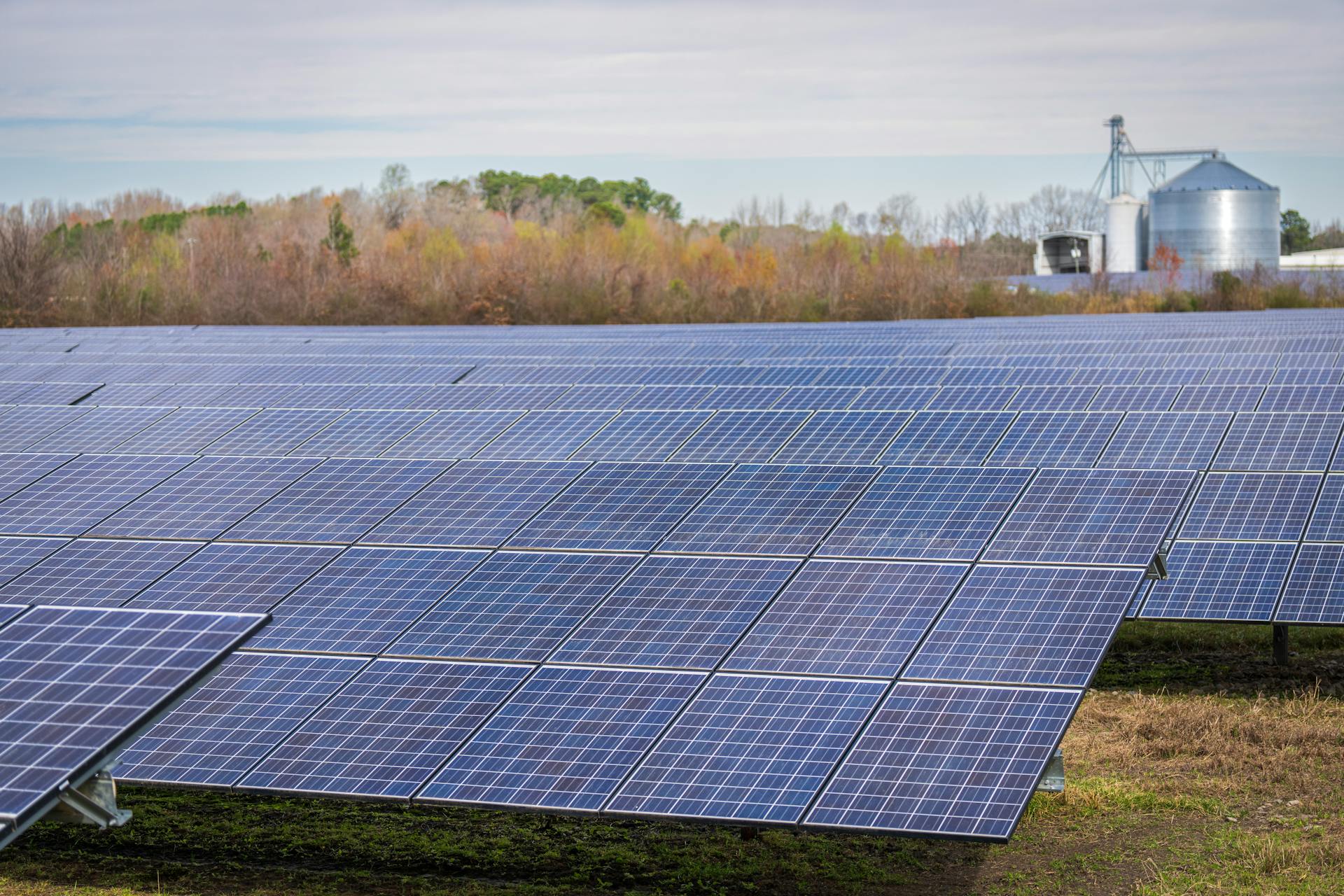Energy powers daily life in ways often taken for granted. From heating homes to charging phones, it keeps modern routines running smoothly. But behind that power lies an important distinction: renewable versus non-renewable energy. Resources like Pennsylvania natural gas highlight how traditional fuels remain central to many households, even as cleaner options grow. Understanding the difference helps consumers make informed decisions that affect not just their bills but also the environment and the future.
Defining Renewable Energy
 Renewable energy comes from sources that naturally replenish. Sunlight, wind, water, and biomass all fall into this category. These resources are abundant and, when managed responsibly, cannot be depleted. Solar panels, wind turbines, and hydroelectric dams are common technologies that capture this power. For consumers, the key advantage is sustainability. By choosing renewable energy plans or products, households can support systems that continue to provide clean power long term.
Renewable energy comes from sources that naturally replenish. Sunlight, wind, water, and biomass all fall into this category. These resources are abundant and, when managed responsibly, cannot be depleted. Solar panels, wind turbines, and hydroelectric dams are common technologies that capture this power. For consumers, the key advantage is sustainability. By choosing renewable energy plans or products, households can support systems that continue to provide clean power long term.
Defining Non-Renewable Energy
Non-renewable energy comes from finite resources like coal, oil, and natural gas. These fuels have powered industry and homes for centuries, but they exist in limited supply. Once extracted and burned, they cannot be replaced within a human timescale. While non-renewables often remain cheaper and more widely available, they also release greenhouse gases and pollutants. This creates challenges for both the environment and public health. Consumers relying on non-renewables should recognize both the benefits and the drawbacks of these fuels.
Environmental Impacts
The difference in environmental impact is one of the most striking contrasts. Renewable energy systems generate electricity with little to no emissions. Wind and solar farms, for example, do not release harmful pollutants during operation. Non-renewable energy, on the other hand, contributes heavily to carbon emissions. Burning coal or natural gas releases carbon dioxide, a leading driver of climate change. Consumers who prioritize reducing their footprint may find renewable energy an attractive option. The long-term environmental stakes are significant and deserve utmost attention.
Cost Considerations

Cost plays a central role in consumer decisions. Historically, non-renewable energy sources like coal and natural gas were cheaper because infrastructure was already in place. However, renewable energy technologies have dropped in cost significantly. Solar panels, once a luxury, are now accessible to many households. Government incentives and energy supplier programs also make renewables more appealing. Still, availability varies by region, and consumers should compare local prices carefully. Choosing the most cost-effective option requires balancing short-term savings with long-term value.
Reliability and Availability
One concern often raised about renewables is reliability. Solar energy only works when the sun shines, and wind turbines require breezes to spin. Storage technology, like advanced batteries, is improving but not yet perfect. Non-renewables, by contrast, provide steady power regardless of the weather. This makes them reliable for meeting constant demand. Consumers must weigh whether consistent availability or sustainable sourcing matters more to their situation. Many regions are blending both energy types to ensure stability while transitioning to cleaner systems.
The Role of Innovation
Technological progress continues to change the energy landscape. Solar panels are becoming more efficient, wind farms are expanding offshore, and storage systems are advancing. Even within non-renewables, cleaner methods of burning natural gas and capturing carbon are being developed. For consumers, this means the choices of today may look very different in a decade. Staying informed helps households adapt to new opportunities. Innovation ensures that the future of energy will likely include a unique mix of both renewable and non-renewable sources.
Ultimately, the decision between renewable and non-renewable energy is not always black and white. Cost, availability, environmental impact, and personal priorities all play roles. Some households may choose renewables for sustainability, while others rely on non-renewables for stability and price. Many consumers find a balance through hybrid energy options or by gradually transitioning. What matters most is making a choice that reflects both your household’s needs and the broader impact on the world. By staying informed and thoughtful, you can select an energy path that benefits both your home and future generations.…
